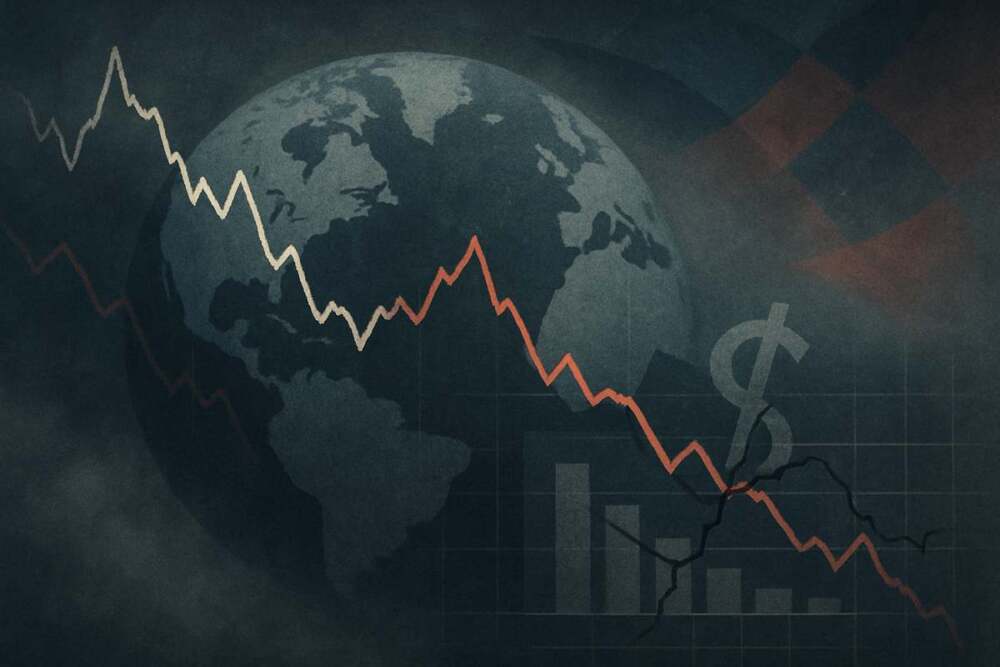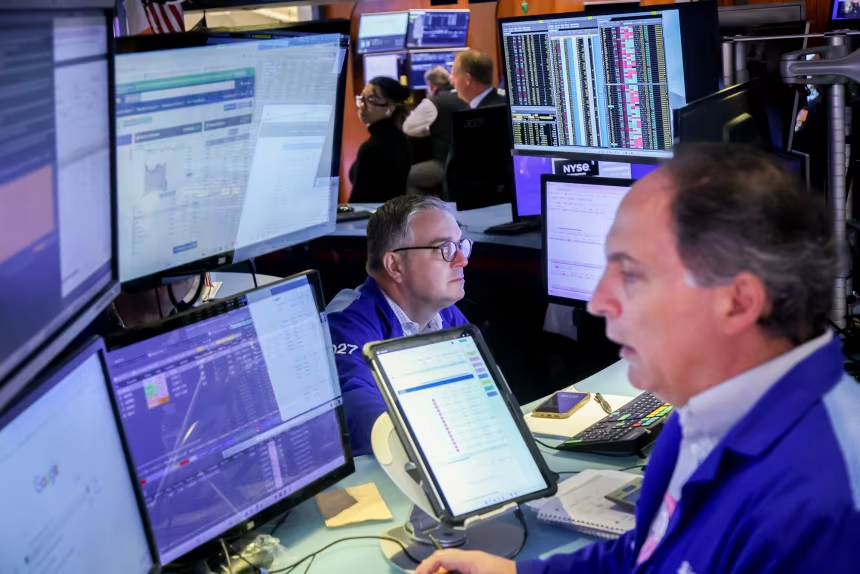New York / London / Tokyo — Global equity markets are entering a period of heightened volatility as investors weigh a complex mix of factors, including looming major tech earnings, central bank policy uncertainty, regional tensions, and evolving economic data. After months of gains in technology and growth sectors, the global financial landscape is showing signs of stress, reflecting a broader reassessment of risk and valuation.
Tech Sector in the Spotlight
Technology stocks remain the focal point for investors worldwide. With major earnings announcements approaching from leading chipmakers and software firms, market participants are watching closely for signs that recent gains are sustainable.
- Chipmakers and AI-related firms: These companies have driven much of the recent market rally, fueled by excitement over artificial intelligence adoption, cloud infrastructure expansion, and enterprise digital transformation. Investors are concerned, however, that high valuations could make these stocks vulnerable to any earnings shortfalls or slower growth projections.
- Investor sentiment: While many remain optimistic about the long-term potential of tech innovations, caution has crept in as macroeconomic uncertainties and rate expectations challenge the sector’s momentum.
- Crypto and digital assets correlation: Weakness in cryptocurrency markets has mirrored declines in tech equities, reflecting the interconnectedness of speculative growth investments.
Geopolitical and Regional Pressures
Global markets are also sensitive to developments in Asia:
- China-Japan relations: Rising tensions over trade and regional security have negatively affected Japanese equities, particularly in sectors like tourism, retail, and consumer goods. Market observers note that heightened political friction can have direct implications for supply chains, export dynamics, and investor confidence.
- Japan’s economy: Recent data shows Japan’s first contraction in six quarters, pushing bond yields to multi-decade highs and weighing on regional sentiment.
- Other emerging markets: Volatility in currencies and equities is rising as investors reassess risks in markets that are closely tied to China’s economic performance and geopolitical developments.
Monetary Policy and Macroeconomic Impacts
Central bank policy remains a key determinant of market direction:
- U.S. Federal Reserve: Investors had hoped for an interest rate cut later this year, but recent statements and economic indicators have dampened those expectations. The continued strength of the U.S. dollar has added pressure on emerging markets and constrained gains in commodities.
- Global bond markets: Yields on government bonds are rising in response to inflation data and policy signals, creating headwinds for interest-sensitive sectors and prompting a reassessment of equity valuations.
- European Central Bank: The ECB’s cautious approach to monetary easing amid persistent inflation concerns is further complicating the investment landscape for global portfolio managers.
Commodities and Currencies
Commodities are moving in response to both macroeconomic signals and geopolitical events:
- Oil: Prices have experienced minor fluctuations following disruptions and resumptions in key supply flows, particularly from Russia.
- Gold and safe-haven assets: Gold has stabilized after recent losses, but investor interest remains moderate due to competing opportunities in equities and bonds.
- Emerging-market currencies: The strength of the U.S. dollar is creating pressure on developing economies, potentially impacting trade balances, debt servicing costs, and capital flows.
Investor Strategies in Volatile Times
Market conditions suggest a shift toward risk-conscious strategies:
- Diversification: Spreading exposure across sectors, geographies, and asset classes to manage volatility.
- Liquidity management: Ensuring portfolios maintain sufficient liquidity to respond to sudden market swings.
- Quality focus: Emphasizing companies with strong balance sheets, resilient earnings, and defensive characteristics to weather potential downturns.
- Monitoring geopolitical developments: Investors are increasingly factoring in regional and global political risks, recognizing that even localized events can have outsized market effects.
Outlook for the Coming Weeks
Analysts warn that the next few weeks could be decisive for global markets. Factors to watch include:
- Major tech earnings reports: These will be scrutinized for revenue growth, margins, and guidance amid shifting macro conditions.
- Policy signals from central banks: Any indication of accelerated rate cuts or continued tightening could trigger sharp reactions in equities, bonds, and currencies.
- Geopolitical developments: Escalation or resolution in key regions, particularly in Asia, will continue to influence risk sentiment and market flows.
Despite these uncertainties, many investors maintain a cautiously optimistic view, recognizing that underlying trends in technology adoption, AI innovation, and global economic recovery provide structural support for equities in the medium to long term.
Conclusion
Global markets are in a transitional phase, balancing optimism from innovation and structural growth against caution prompted by policy, earnings, and geopolitical risks. Investors are navigating an environment where volatility may persist, but opportunities exist for those who carefully manage risk, diversify holdings, and maintain a long-term perspective. The coming weeks will likely set the tone for global equity trends heading into the new year, emphasizing both the challenges and opportunities of a rapidly evolving financial landscape.
















Leave a Reply